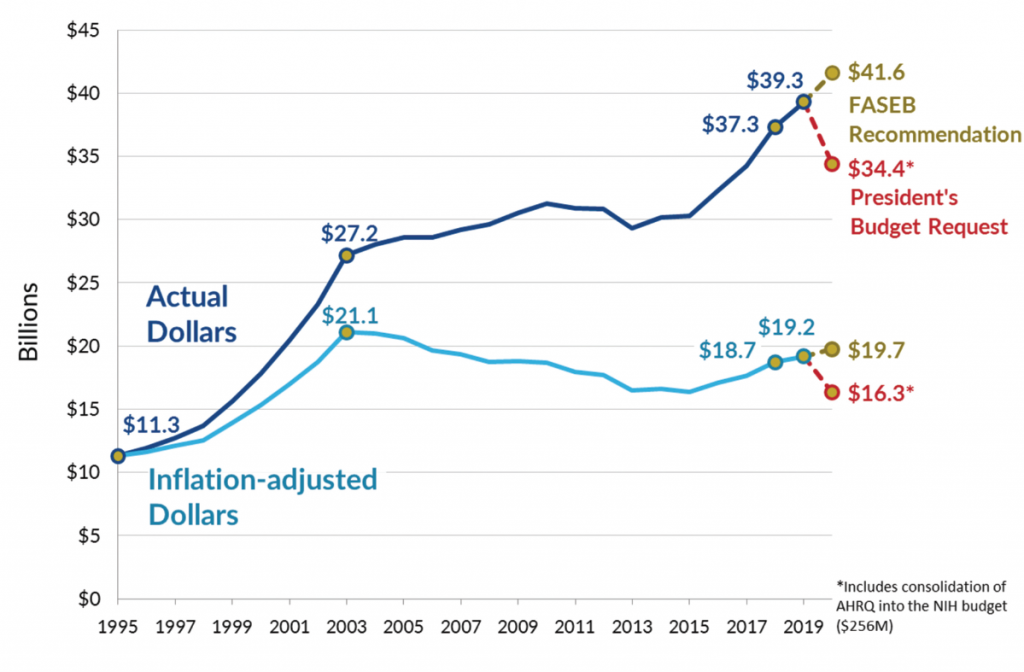The erosion of academic pursuits in schools of medicine risks the leadership roles that schools have held and will ultimately slow innovation that would benefit patients. —Wendell G. Yarbrough, MD, MMHC
Explore This Issue
July 2019
Dwindling Faculty Numbers
Developing and maintaining fruitful collaborations among clinical and basic science researchers is critical to a strong research program—especially collaborations that lead to translational and clinical research that directly benefits patient outcomes, said Judy R. Dubno, PhD, director of research in the department of otolaryngology–head and neck surgery at the Medical University of South Carolina in Charleston. But both basic science and clinical researchers face challenges in dedicating effort to collaborations and translational research, given the pressure to maintain their individual research programs with funding and their clinical practices.
A thriving research program also requires a strong infrastructure, including administrative personnel to assist with grant management, continually growing and changing policy and regulatory requirements, and other essential administrative tasks essential for conducting research, all of which add to overhead costs, Dr. Dubno said.
Finally, there is an urgent need for basic science faculty, departments, and medical schools to support the unique requirements of physician–scientists, Dr. Dubno added. To ensure the continued growth of the science that underlies otolaryngology health and disease, basic science faculty in otolaryngology–head and neck surgery departments must fully participate in an enriched educational and scientific environment that values research and research training as high priorities.
Given the limited funding that medical schools receive and the low rates of grant awards, bridge funding, a form of temporary and immediate funding for investigators whose grants have lapsed, is becoming more commonplace. Consequently, faculty members may not be able to continue their research if bridge funding is not available, Dr. Yarbrough said.
Limited funding for research has resulted in little or no growth in the number of faculty in basic science departments. AAMC data show that there were roughly the same 20,000 faculty in basic science departments in toto across the United States over the last decade. In 2009, there were 18,526 basic science faculty, and in 2018 there were 19,732—a 7% increase. However, at the same time there was a 21% increase in the number of medical schools.
A related challenge stems from the fact that the median age for a medical school faculty member as of 2015 was around 50. Although staffing shortages aren’t a current problem, aging faculty are holding positions that could be filled by more recent graduates, but those slots aren’t available due to caps on the number of tenure-track salary lines.
Furthermore, Dr. Murr pointed out that losing scientists to industry is commonplace. “The biopharmaceutical industry can often pick off successful professors who are well established or successful post docs who are daunted by the extraordinary costs and pressures to set up a laboratory,” he added.
